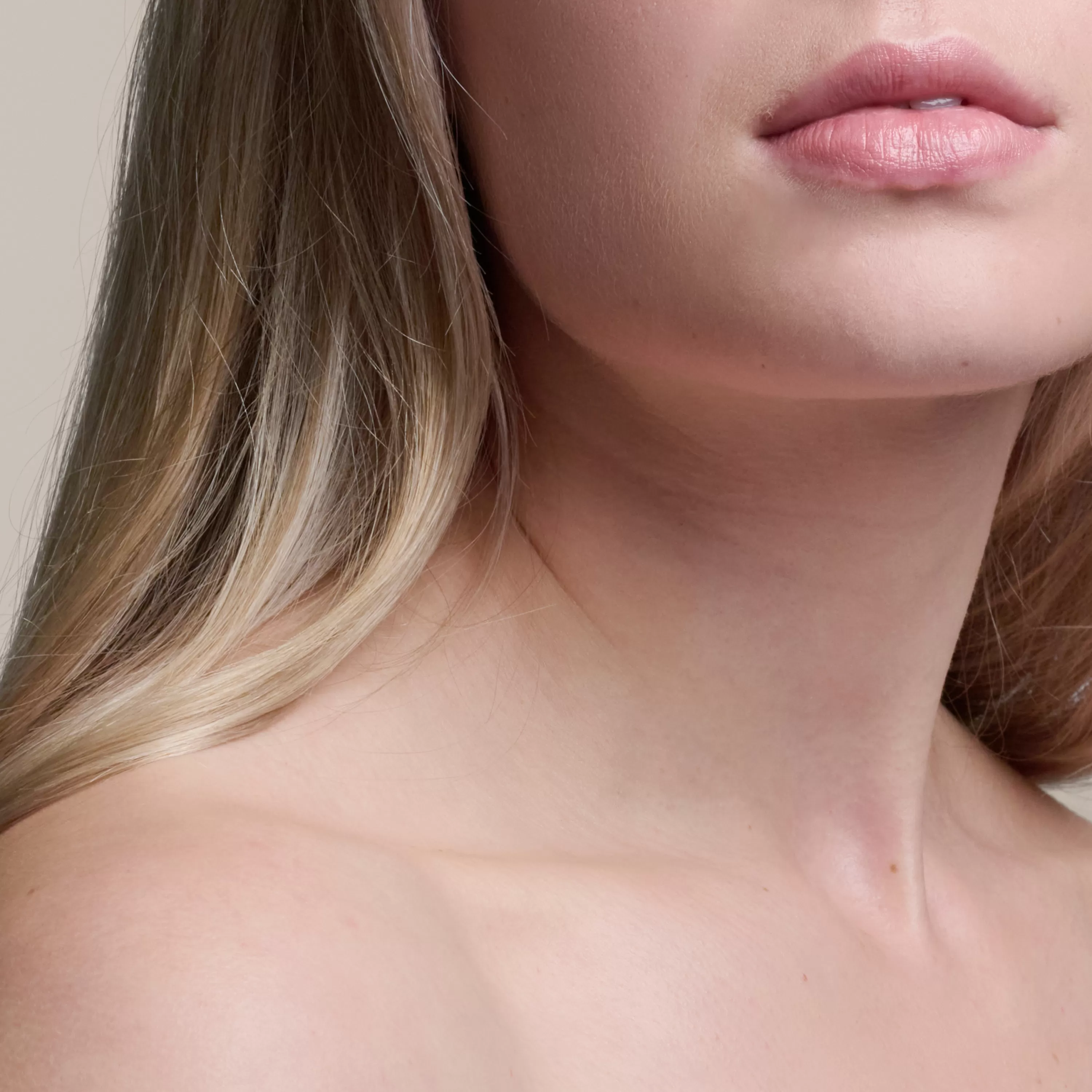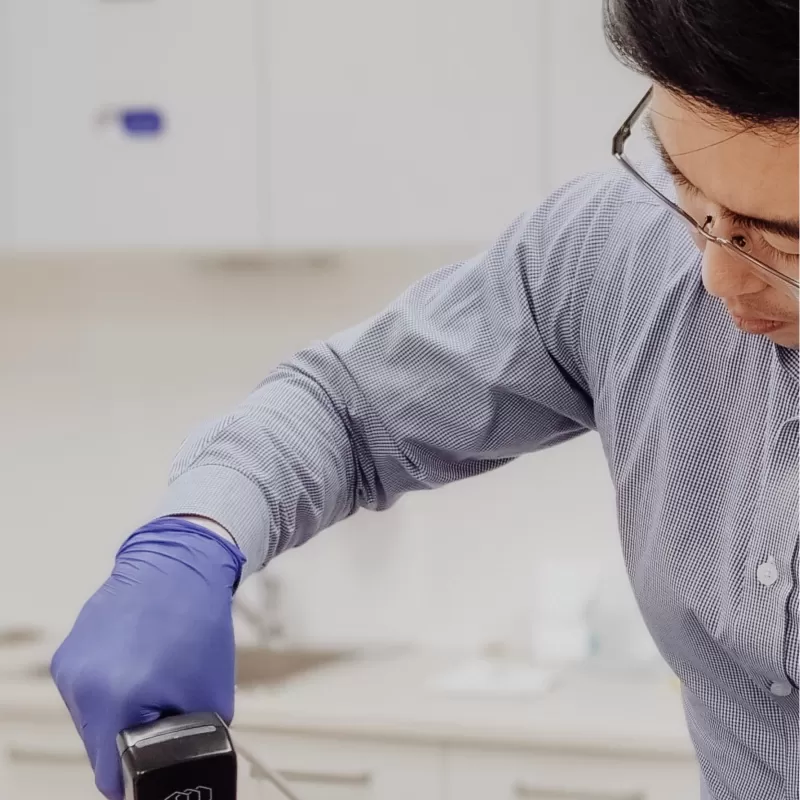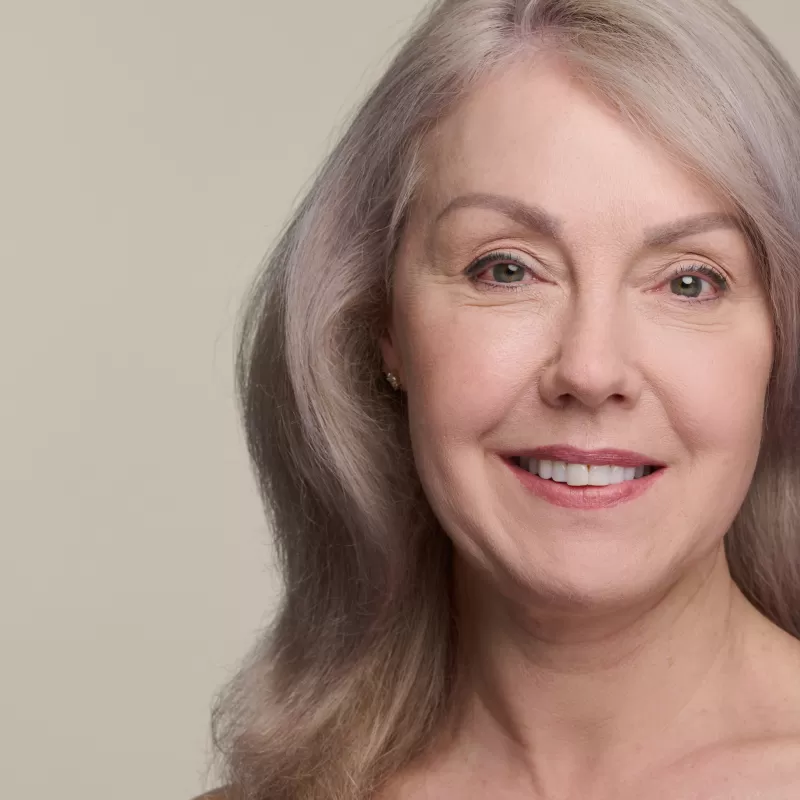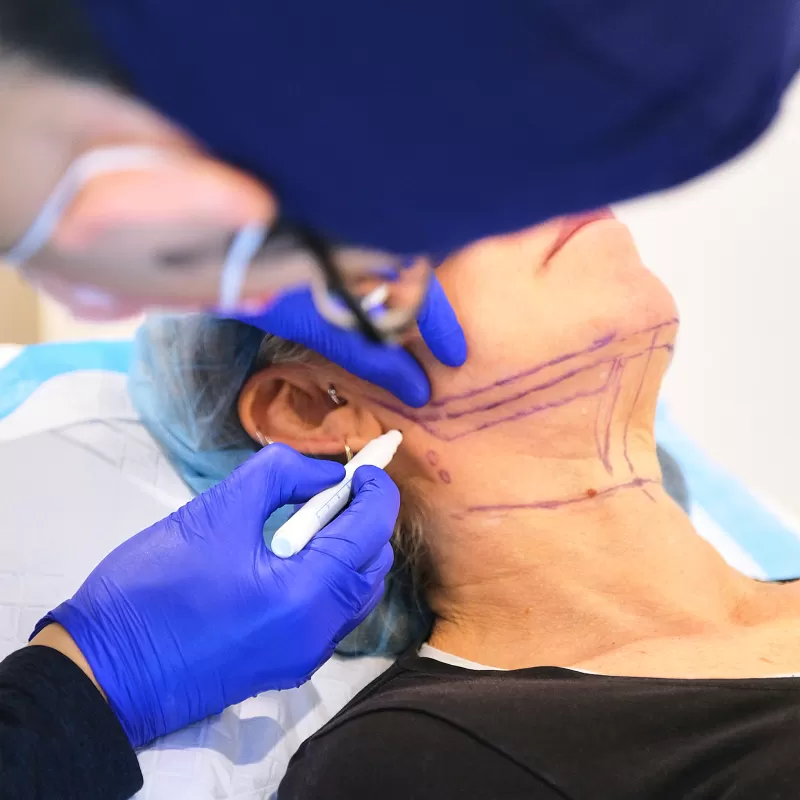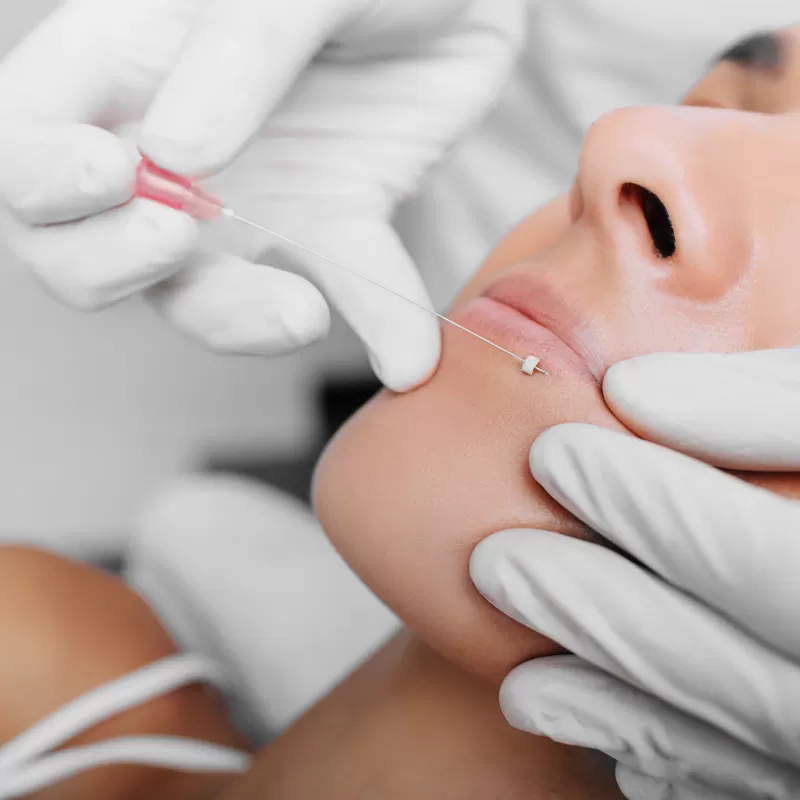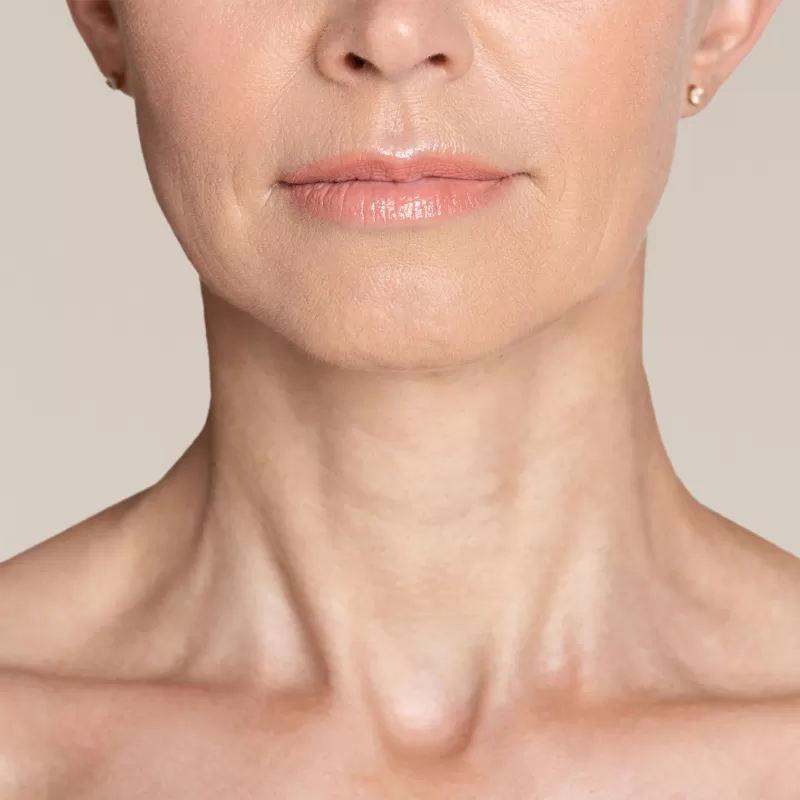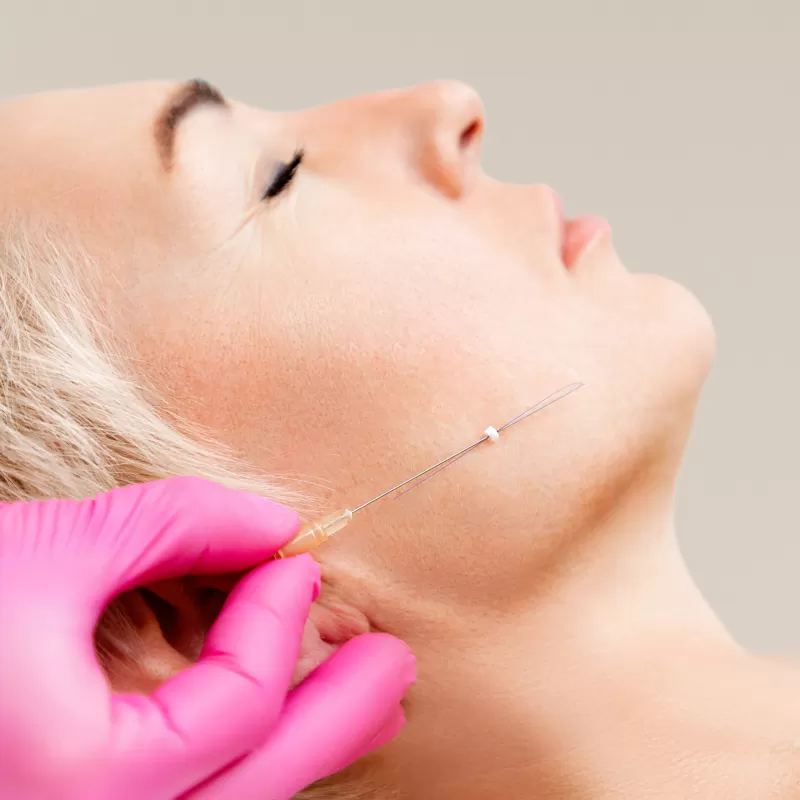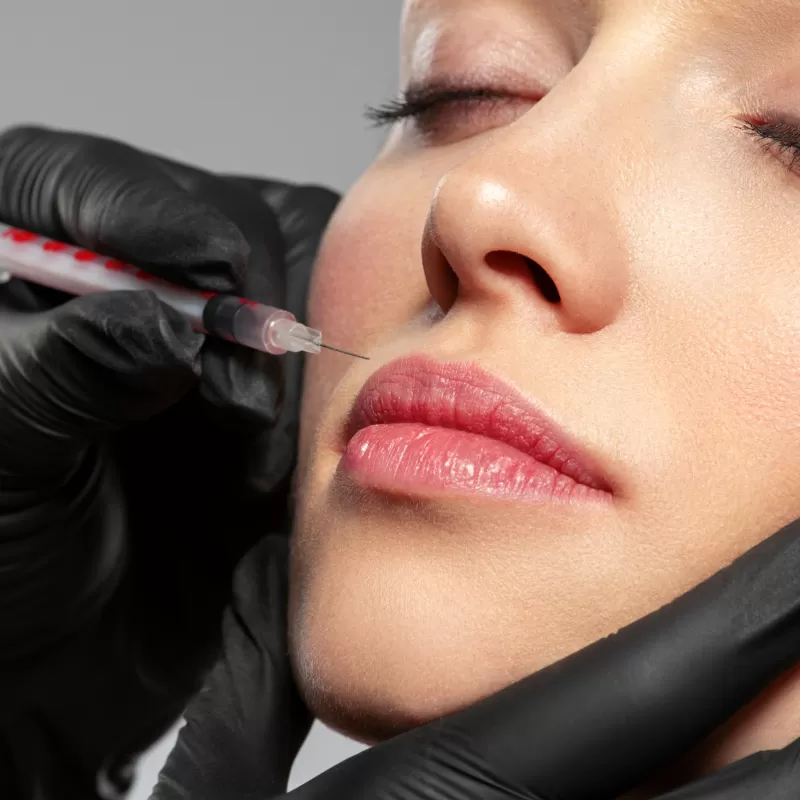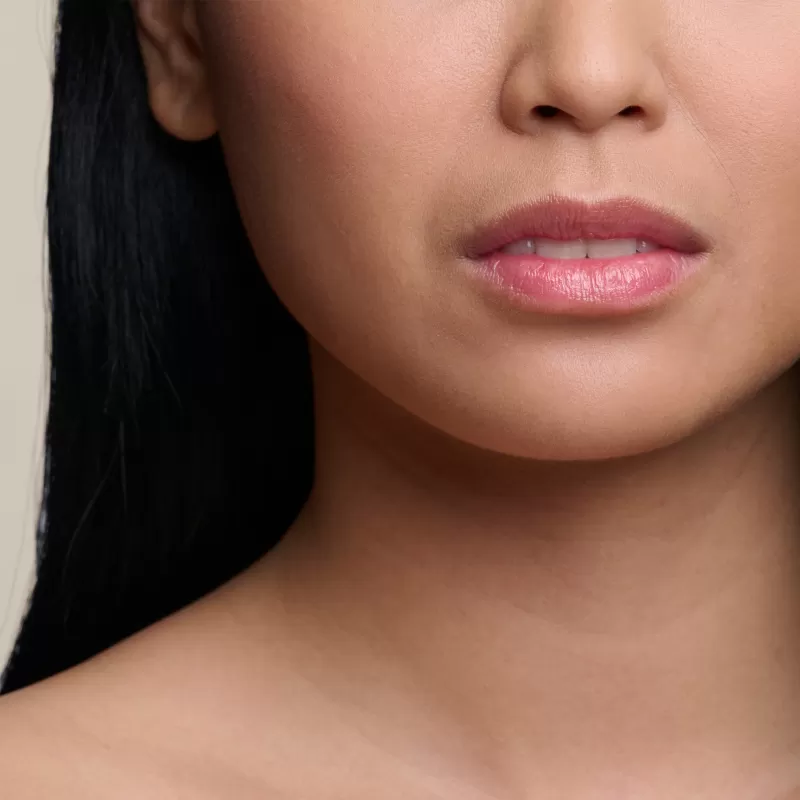Skin Sagging and Volume Loss
Rosacea and Broken Blood Vessels
Rosacea and Broken Blood Vessels
Condition
Rejuvenate and restore your youthful skin with our range of age defying treatments at the R Clinic. Our non-invasive treatments to tighten skin, help smooth fine lines and wrinkles, even out skin tone and restore your skin’s youthful fullness.
What is Skin Sagging and Volume Loss?
What is Skin Sagging and Volume Loss?
Aging is an inevitable part of life, and the natural ageing process plays a key role in the appearance of our skin over time. Over time, our skin loses its natural collagen and elastin leading to skin sagging, volume loss and loose skin. This leaves us with skin that doesn’t bounce back like it used to, leading to feeling a lot older than you really are, which can impact your self-confidence.
The way we age differs from person-to-person due to factors such as our genetics, sun exposure and lifestyle choices. Loose skin after weight loss may also be a concern for some patients.
What causes Skin Sagging and Volume Loss?
What causes Skin Sagging and Volume Loss?
Our skin is made up of several layers with the inner layer called the dermis. The dermis is composed of a complex network of fibres called collagen and elastin. Collagen and elastin are the elastic tissue which give our skin support and rebound. In young skin, just the right amount of collagen and elastin are constantly being made, giving young people their youthful glow. As we age the cells which produce our collagen and elastin (the fibroblasts) start to become lazy and sluggish, our skin becoming thinner, saggier and less elastic and more dehydrated.
How can we help?
How can we help?
Through the introduction of innovative skin rejuvenation treatments, we can help to naturally boost collagen and elastin production to help fight the signs of aging, helping your skin feel firmer, tighter and more youthful.
At the R Clinic we have several treatments available, and our team will find the best individualized treatment for your needs. From dermal fillers to RF therapy, microneedling to thread lifts, we have the knowledge and expertise to help you on your journey to fuller, more youthful looking skin.
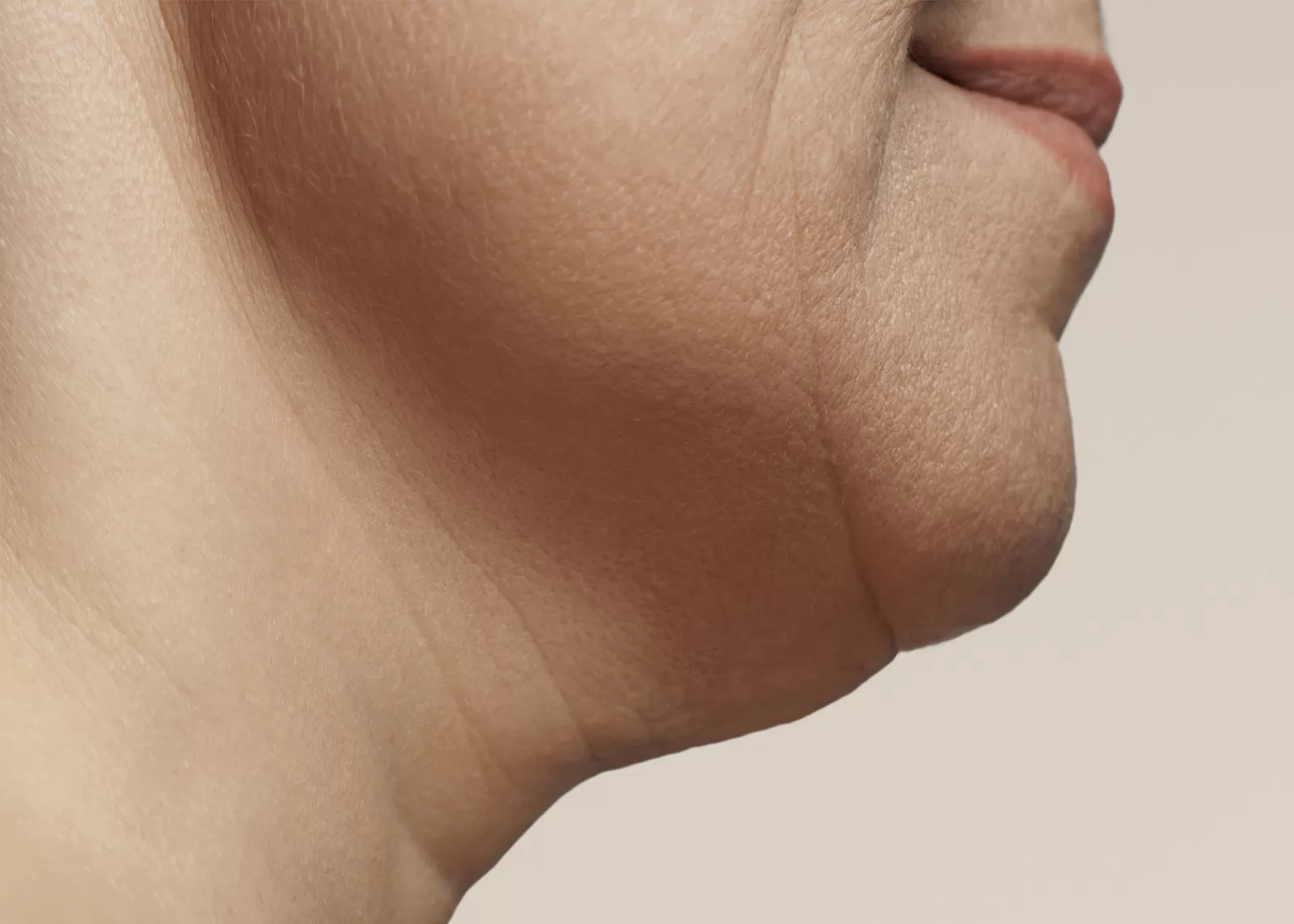
FAQ
Have further questions or want to learn more?
How do I recognize sagging skin and a loss of volume?
When we are young there is an even distribution of volume in our facial skin. This includes:
- High cheekbones
- Full jowls
- Smooth skin
- A lean, well-defined jaw line
These features combine to create a face shape and structure that is wider at the top, tapering down to the narrowest point at the chin. The overall look is relaxed and positive.
As we age, the signs of a loss of volume mean this is inverted. This is due to the following changes:
- A wider, slacker jaw line
- Sagging skin resulting in less defined facial contours
- Flatter cheeks
- Wrinkles on the forehead and brows
- The corners of the mouth point downwards
- Hollowness of under eye area and temples It’s the combination of these factors that equates to an aged appearance. As volume diminishes and skin sags the perception of the face is altered.
What areas can lose volume?
Volume is lost in many areas of the face as we get older. The areas that lose volume include the cheeks, the brow, and the lips. As the cheeks sag and lose volume, they descend from their usual high position in the face near the eyes, to a lower position. This leads to the formation of nasolabial folds, oral commissures and then jowls (the skin that sags beneath the jawline). This leads to a squarer appearance to the face. Conversely, a youthful face resembles the shape of an upside-down triangle, a line through the eyes forming a base, and the chin forming the point of the triangle.
Volume can also be lost in the brows, which exposes the upper orbital rim, giving the face of more skeletal appearance.
What factors cause sagging skin and a loss of volume?
It’s not just our genetics that determine how we age. There are a range of other internal and external factors that lead to a loss of volume in skin:
Over exposure to the sun is the primary cause of premature skin aging. Others include hormonal changes, lifestyle, general health condition.
What processes take place within skin as it loses volume?
A gradual drop in the ‘filler’ substances that keep skin looking firm and feeling smooth lead to a loss of volume, less defined contours and sagging skin in the different layers of skin:
The epidermis – as we age, the outermost layers of skin produce less hyaluronic acid and fewer lipids. Skin is less able to bind in moisture, becomes drier and, as a result, fine lines and wrinkles appear. Skin starts to sag, appears thinner and its texture may be dry and rough.
The deeper layers of the skin – A 1% annual loss of collagen worsens the thinning effect together with a declining level of functional elastin. As elastin is partly responsible for the skin’s elasticity and strength, a decrease in these two substances together results in a sagging, less elastic skin. The volume-giving cells that keep skin `filled out’ reduce in size and number, leading to a shrinking of these layers. The result is a more drawn and sunken look to the skin, with flattening of the cheeks.
Over time, the blood flow delivering nutrients slows, resulting in dullness and a tendency towards dehydration and slower healing. Skin undergoes a further loss of elasticity and deep wrinkles start to form.
How to Prevent Loose Skin?
If you’re concerned about the rate your skin is aging, there are many health habits you can use to prevent the speeding process to continue.
- Avoid sun damage. Sun damage is one of the top causes of premature aging. You should always use sunscreen when you are outsides and use other sun barriers whenever possible (hats, clothing). Try to avoid direct sun exposure from 11:00am to 2:00pm, which are peak sun hours.
- Don’t smoke. If you already smoke, you should try to quit. Right behind sun damage, smoking is the second biggest cause of premature aging.
- Practice skincare. Everyone should stick to a skincare regimen that includes exfoliating, hydration, and rejuvenation. Use products with alpha hydroxy, salicylic acid, hyaluronic acid, and retinol-based compounds.
- Eat healthy. Eating a balanced diet with amino acids, vitamins A, C, and E, and the minerals silicon and zinc can help support healthy skin. Avoid fatty foods, processed foods, and other high sugar foods. These can cause inflammation and premature cell damage.
- Drink water! If you want to keep your skin moisturized, drinking enough water is the best way. It keeps your skin cells firm, plump, and prevents fluid retention.
- Stay fit. Weight training can help strengthen, condition, and tone your skin’s muscles. If you do lose weight, makes sure it’s at a healthy and moderate speed, about 1 to 2 pounds per week. Maintain proper nutrition to preserve your muscle mass and never allow dehydration and starvation.
